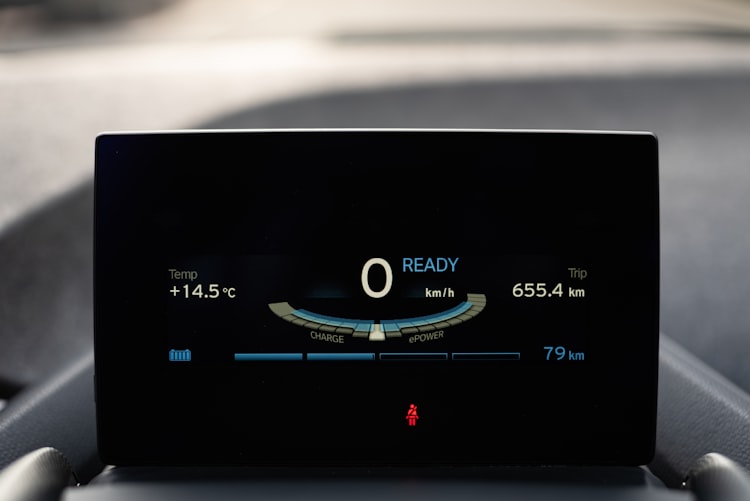AWS RDS Proxy: A Step-by-Step Guide

This is a general overview Amazon RDS Proxy, and his implementation.
Amazon RDS Proxy is a database proxy service provided by Amazon Web Services (AWS) that is designed to improve the security, scalability, and availability of applications that use Amazon RDS relational databases. The proxy acts as an intermediary between applications and databases, allowing you to pool and share connections, and redirect traffic to a standby database in case of failure.
A lesser-known feature of Amazon RDS Proxy is its ability to control and monitor database connections through custom access rules and permissions. This allows for greater control and security over who and how connections are made to your database, which can help prevent issues such as denial-of-service attacks, SQL injection, and privilege abuse. Additionally, it allows for better connection management, being able to disable certain specific applications or users in case of problems and also it helps to audit the connections.
Here are some advantages and disadvantages of using AWS RDS Proxy, without deep dive into design examples or use cases.
Advantages:
-
Improved scalability: The RDS Proxy allows you to pool connections to your database, which can help improve the performance of your application and handle higher traffic volumes.
-
Reduced load on the primary database: You can use the RDS Proxy to redirect read queries to a read replica of your database, which can help reduce the load on the primary database.
-
Improved reliability: In the event of a failure of the primary database, the RDS Proxy will automatically redirect traffic to a standby database to ensure continuity of service.
-
Fully managed service: The RDS Proxy is a fully managed service, so you don't have to worry about maintaining or scaling it yourself.
Disadvantages:
-
Additional cost: Using the RDS Proxy service will incur additional costs on top of the cost of your RDS database.
-
Limited to RDS databases: The RDS Proxy can only be used with Amazon RDS databases, so it may not be suitable for applications that use other types of databases.
-
May not be necessary for all applications: Depending on the requirements and architecture of your application, using the RDS Proxy may not provide any significant benefits.
In this guide, we will walk through the steps to set up and use the RDS Proxy service.
Step 1: Set up an Amazon RDS database
Before you can use the RDS Proxy service, you need to have an Amazon RDS database set up. If you don't already have one, follow these steps:
-
Sign in to the AWS Management Console.
-
Navigate to the Amazon RDS dashboard.
-
Click the "Create database" button.
-
Select the database engine you want to use (e.g. MySQL, PostgreSQL, etc.).
-
Choose a template or create a custom configuration for your database.
-
Select the "Create a new VPC" option to create a new Virtual Private Cloud (VPC) for your database, or choose an existing VPC if you have one.
-
Configure the security group for your database.
-
Choose a name and password for the master user of your database.
-
Review and confirm the configuration, then click the "Create database" button.
Step 2: Create an RDS Proxy
Once you have an RDS database set up, you can create an RDS Proxy to manage connections to it:
-
Navigate to the Amazon RDS dashboard.
-
Click the "Proxies" tab.
-
Click the "Create proxy" button.
-
Choose the target database you want to connect to.
-
Configure the proxy settings, including the name, VPC, and security group.
-
Review and confirm the configuration, then click the "Create proxy" button.
Step 3: Connect to the RDS Proxy
Now that you have an RDS Proxy set up, you can use it to connect to your RDS database:
-
In your application, replace the connection string to the RDS database with the connection string to the RDS Proxy.
-
Use the RDS Proxy connection string provided in the AWS Management Console to connect to the proxy.
-
Test the connection to ensure it is working correctly.
Step 4: Use the RDS Proxy to improve scalability and reliability
There are several ways you can use the RDS Proxy to improve the scalability and reliability of your application:
-
Connection pooling: The RDS Proxy allows you to pool connections to your database, which can help improve the performance of your application.
-
Read replicas: You can use the RDS Proxy to redirect read queries to a read replica of your database, which can help reduce the load on the primary database.
-
Failover: In the event of a failure of the primary database, the RDS Proxy will automatically redirect traffic to a standby database to ensure continuity of service.
That's it! You have successfully set up and implemented the AWS RDS Proxy service to improve the scalability and reliability of your application.



